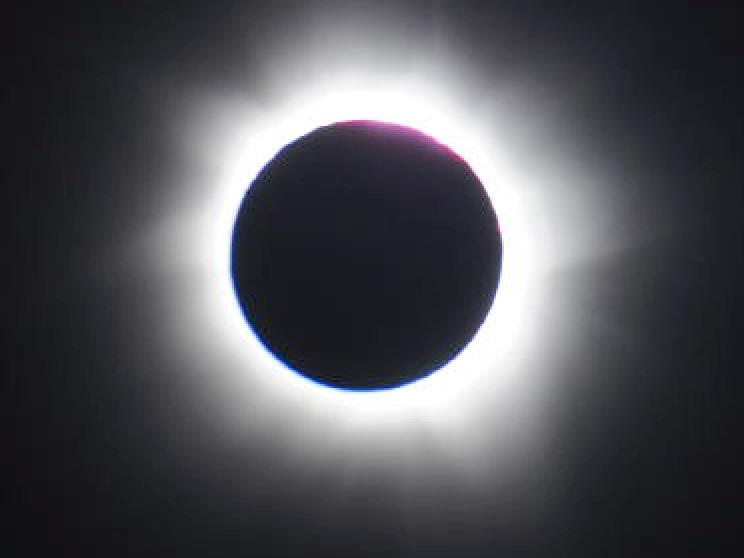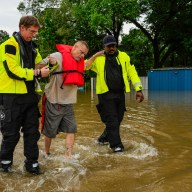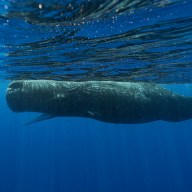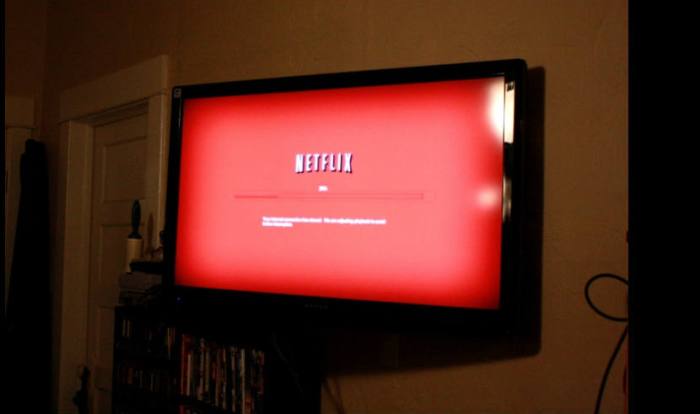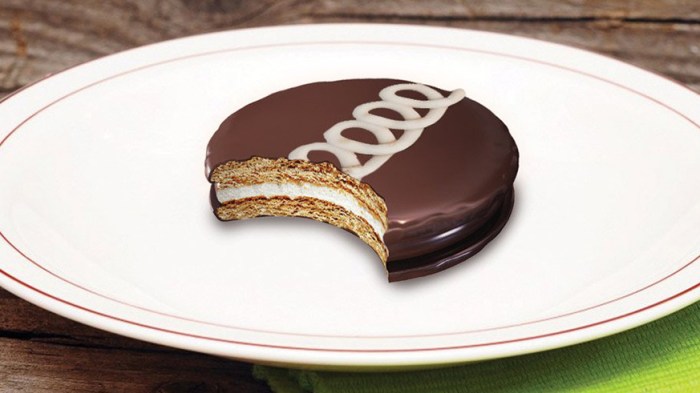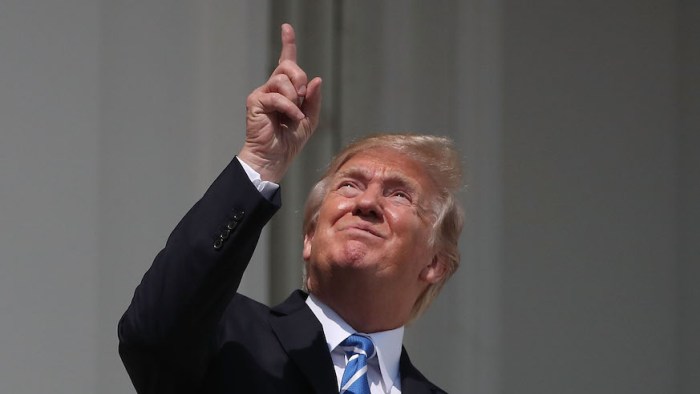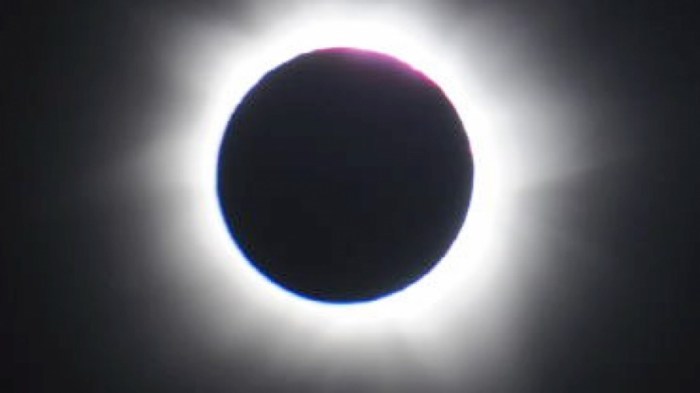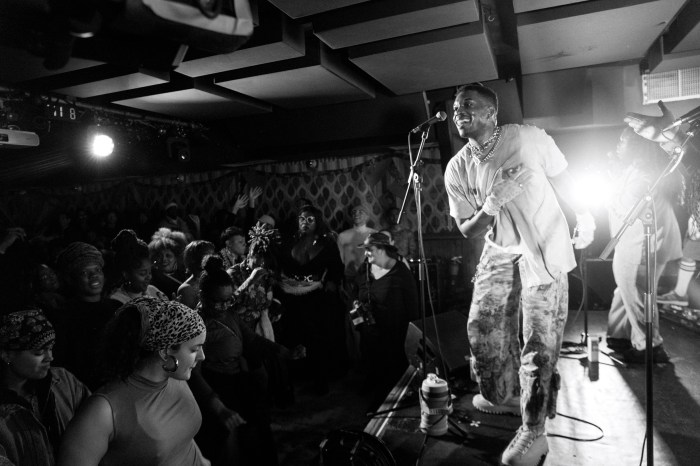Are you excited about the solar eclipse on Aug. 21? Though not quite a once-in-a-lifetime event, the phenomenon is special. Kathy Reeves, an astronomer at the Harvard-Smithsonian Center for Astrophysics who is involved with the operation of NASA telescopes, took some time to talk to Metro about the event before she headed to Oregon to get a better view of the total eclipse.
What makes this eclipse so special?
This is the first ellipse to cross the U.S. since 1918. There have been eclipses in the U.S. since then, but this is the first one that goes coast to coast since 1918, and that’s pretty cool. It means a lot of people are going to be able to see the totality, the part where the moon completely covers the sun.
How is this different from other eclipses?
Total eclipses happen every couple of years or so, but the location is really the interesting part of this eclipse. The last eclipse that happened in the continental U.S. happened in 1979 (there was one in Hawaii in 1991). It only went over Oregon and Washington in the northern part of the Pacific Northwest. It was similar, but it covered a smaller part of the U.S., so fewer people would have had access to that.
Where are the best locations to view the eclipse?
This one goes from Oregon to South Carolina, for what we call the “passive totality,” where you’ll get total darkness. Nashville, Tennessee is in its path, St. Louis is almost in the path, Portland, Oregon is almost in path, Kansas City — there are several big cities in or really close to the path of the total eclipse. The other cool thing about this eclipse is that everybody in the continental U.S. will be able to see at least a partial eclipse.
What do you experience during a total eclipse?
It gets dark and it’s not quite the same as when it gets dark at night. There’s still little bit of light coming from the sun, the outer layer called the corona. The light has this very strange twilight kind of quality, and it does get a little cooler [in temperature]. Depending on where you are, there might be changes with the birds. We were in Australia for the last one and we noticed the birds stopped chirping.
Can you take pictures of the eclipse?
Yes, absolutely. For the partial eclipse, you need a filter so you aren’t pointing your camera directly at the sun, because it’s still very very bright and you can’t look at it directly. During the total eclipse, you can totally take pictures of the corona. There’s a project out of University of California at Berkeley where they’re trying to gather everybody’s photos from this eclipse to put them all together into a movie. It’s called the Eclipse Megamovie Project.
Do scientists do any experiments during an eclipse?
There are actually lot of different experiments going on with the eclipse. Our group is working on a telescope that’s going to fly on an airplane during the eclipse, along the eclipse path. It’s going to get up to 50,000 feet above the atmosphere and look at sun and the infrared [light]. That’s affected a lot by the magnetic field of the sun, which is scientifically important. A problem with the part of the infrared spectrum we’re looking at is a lot of it gets absorbed by the atmosphere, it doesn’t make its way to the ground. That’s why we’re putting a telescope on an airplane, so we see more of the sun and less of the atmosphere.
Why is it worth it to see an eclipse?
It’s just a beautiful natural event. Pictures don’t do it justice. Having the whole experience is really exciting — seeing it and feeling it and hearing it and being in a group of people all excited about it as it’s happening is really cool. As soon as you see a total eclipse, you think to yourself, ‘Wow, I gotta do that again.’

